Rosemary is a versatile herb that can add a burst of flavor to any dish. But have you ever wondered if this plant has a dark side?
Some people believe that rosemary has invasive roots that can cause damage to your property or nearby structures. But is it true?
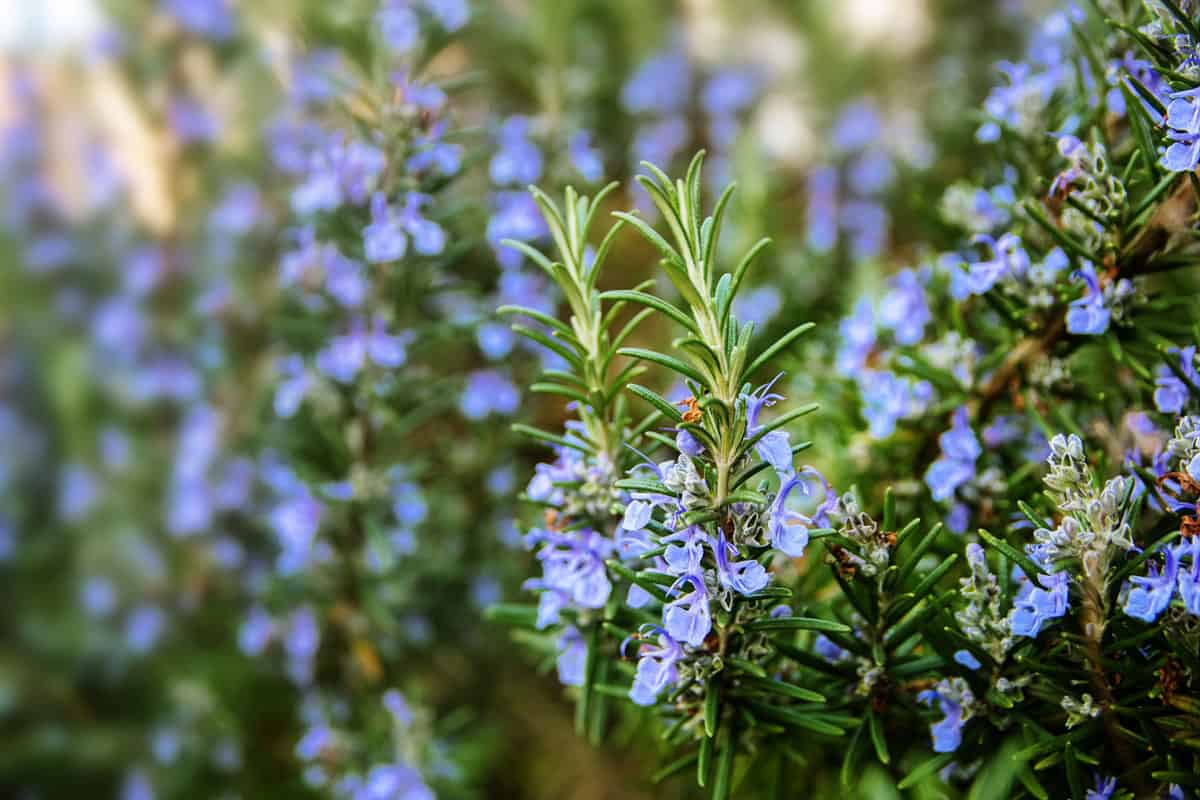
The answer to this question is not straightforward, as it depends on a variety of factors such as climate, soil type, and the specific combination of rosemary being grown.
Generally speaking, rosemary roots are not considered to be invasive. Rosemary roots are non-invasive and will not damage any structure or foundation.
Let's discuss this in greater detail.
What To Know About Rosemary
Rosemary (Rosmarinus officinalis) is a woody, perennial herb that is native to the Mediterranean region. It is a popular herb that is commonly used in cooking, aromatherapy, and traditional medicine.
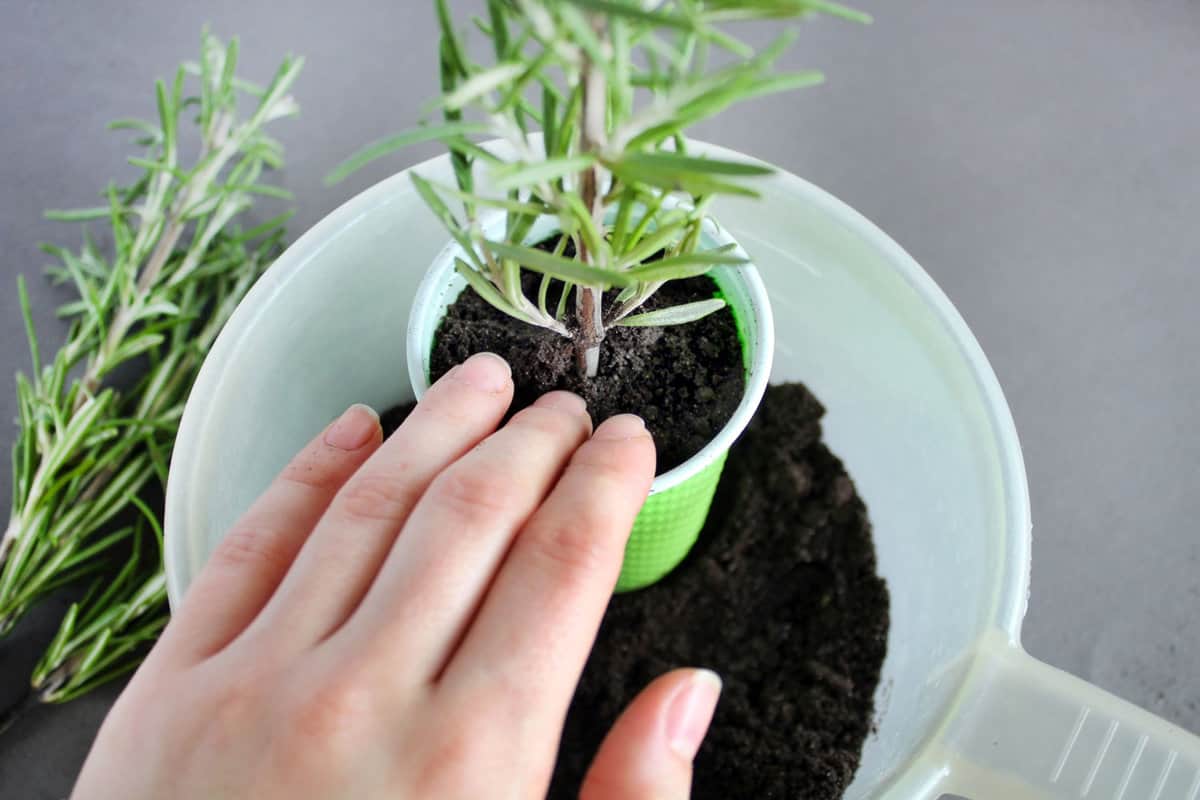
The plant has a unique fragrance, and its leaves are needle-like, evergreen, and glossy green.
Rosemary is a hardy plant that can tolerate a wide range of soil types and weather conditions. It prefers well-drained soil and full sun exposure and can grow up to 6 feet tall and 4 feet wide, but its size can be controlled by regular pruning.
Does Rosemary Have Invasive Roots?
Rosemary has a fibrous root system, which means that it has a dense network of thin roots that spread out horizontally rather than vertically. Its roots are shallow and do not grow deep into the ground.
Therefore, it is not likely to cause any damage to nearby structures or plants. Rosemary roots can actually help stabilize the soil and prevent erosion.
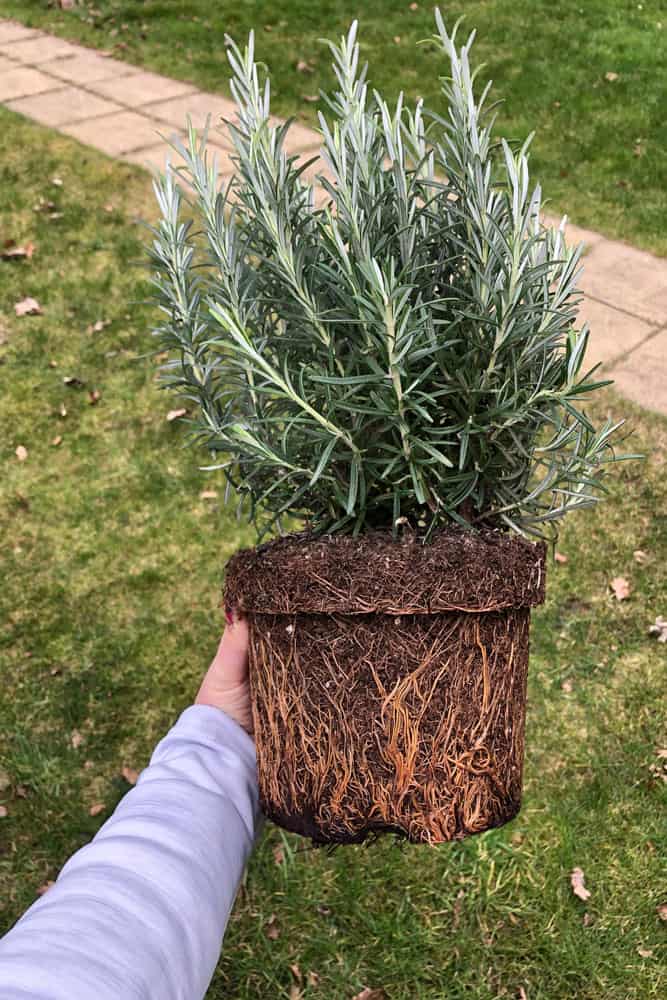
However, it is important to note that if the plant is grown in an area with high temperatures and little rainfall, it can quickly spread and take over the surrounding space.
To prevent this, it is recommended to plant it in a container or in an area where it can be easily controlled.
Overall, rosemary has a non-invasive root system and is a great addition to any garden or landscape.
As long as it is grown in the right conditions and maintained properly, it can provide a variety of benefits without causing any harm.
Rosemary's Growth Pattern
Understanding its growth pattern is essential to cultivating a healthy and productive plant.
Ideal Conditions for Growth
Rosemary thrives in warm, dry climates, and prefers well-drained soil. It requires full sun exposure for at least 6-8 hours a day.
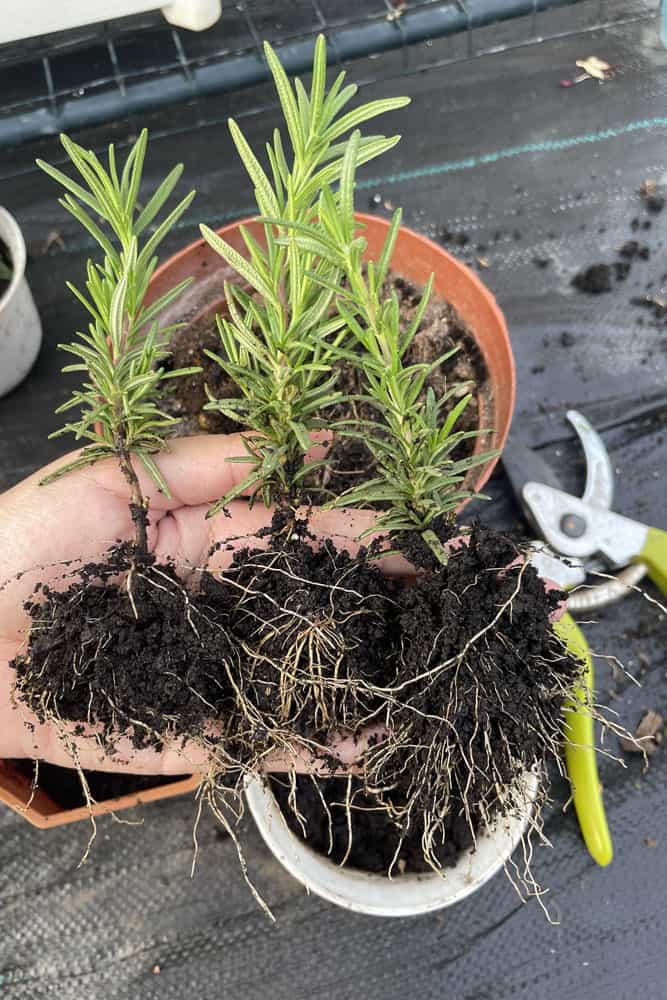
The ideal temperature for rosemary growth is between 60-75°F. It can tolerate temperatures as low as 30°F, but anything below that can damage the plant.
Read more: How Much Sun Does Rosemary Need? [And Can It Get Too Much?]
Rosemary is not a heavy feeder and does not require a lot of water. Overwatering can lead to root rot, so letting the soil dry out between watering is best.
Adding compost or well-rotted manure to the soil can help improve the soil quality and provide the necessary nutrients for growth.
Read more: Waste Into Wealth: 25 Reasons To Start Composting Now
Growth Rate
Rosemary is a slow-growing plant in the beginning stages of growth. It can take up to 3 months for the plant to establish its roots and start growing.
Once established, rosemary can grow up to 2 inches per year. It can take up to 3-4 years for the plant to reach its maximum height and width.
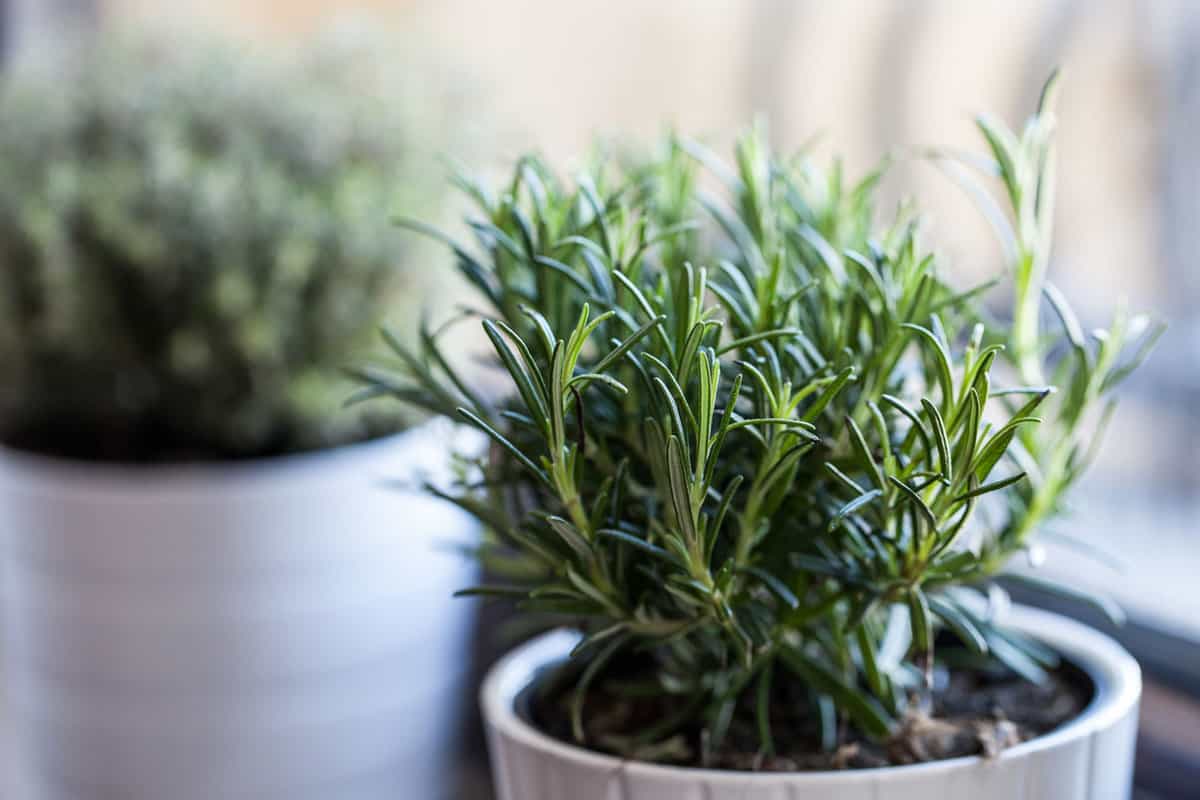
Rosemary has a shallow root system that can spread up to 4 feet wide. The root system does not penetrate deeply into the soil.
Understanding rosemary's growth pattern is crucial to growing a healthy and productive plant. Providing the ideal conditions for growth and being patient with its slow growth rate can lead to a successful harvest.
Caring for Rosemary
There are a few things to keep in mind to ensure that the plant thrives.
Planting Tips
- Before planting, make sure the soil is loose and well-draining. If the soil is heavy, mix in some sand or perlite to improve drainage.
- Rosemary can be planted in a container or the ground, but if planting in the ground, make sure to space the plants about 2-3 feet apart to allow for proper air circulation.
- Dig a hole that is slightly larger than the root ball. Gently loosen the roots and place the plant in the hole, making sure the top of the root ball is level with the soil surface.
- Fill in the hole with soil and water thoroughly. Rosemary plants prefer full sun, so make sure to plant them in a spot that receives at least 6-8 hours of sunlight each day.
Pruning Advice
- Prune rosemary in the spring or early summer before the plant starts to flower. Use sharp pruning shears to make clean cuts and avoid tearing the branches.
- Remove any dead or damaged branches first. Then, trim back the tips of the branches to encourage bushy growth.
- You can also shape the plant by selectively pruning branches to create a desired shape or size.
- Don't prune more than one-third of the plant at a time, as this can stress the plant and affect its growth.
Caring for rosemary is relatively easy as long as you follow some basic planting and pruning tips. With a little bit of care, your rosemary plant can thrive and provide you with fresh herbs for cooking and other uses.
Preventing Invasive Growth
Rosemary is a hardy plant that can quickly take over an area if left unchecked. To prevent the invasive growth of rosemary, it's essential to take a few simple steps.
Proper Spacing
One of the key factors in preventing the invasiveness of rosemary roots is proper spacing. Give enough space between the seeds.
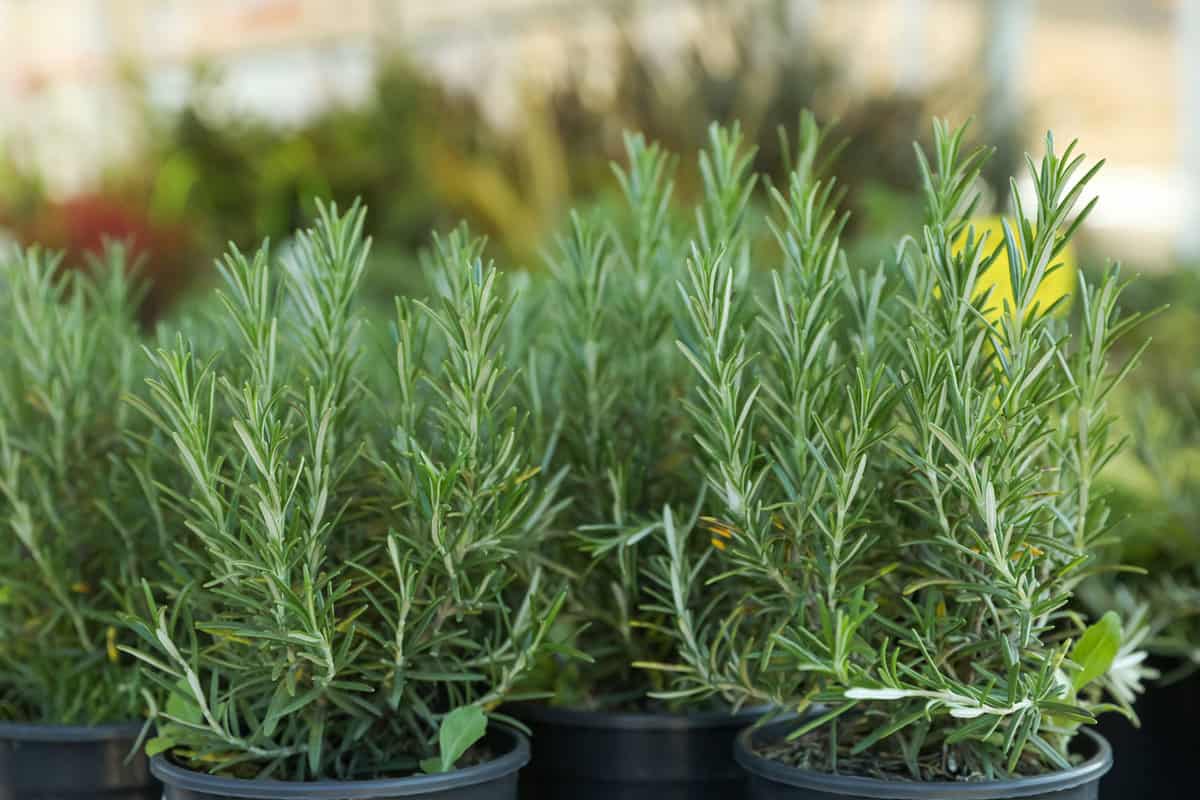
Plant them 18-24 inches apart for the best results. This spacing promotes healthy growth and allows for the free passage of oxygen.
Use of Containers
Another way to prevent the invasive growth of rosemary is by using containers. Planting rosemary in containers is an excellent way to control its growth and keep it from spreading too aggressively.
Containers also allow for easy movement of the plant, which is ideal for those who want to move their plants indoors during the winter months.
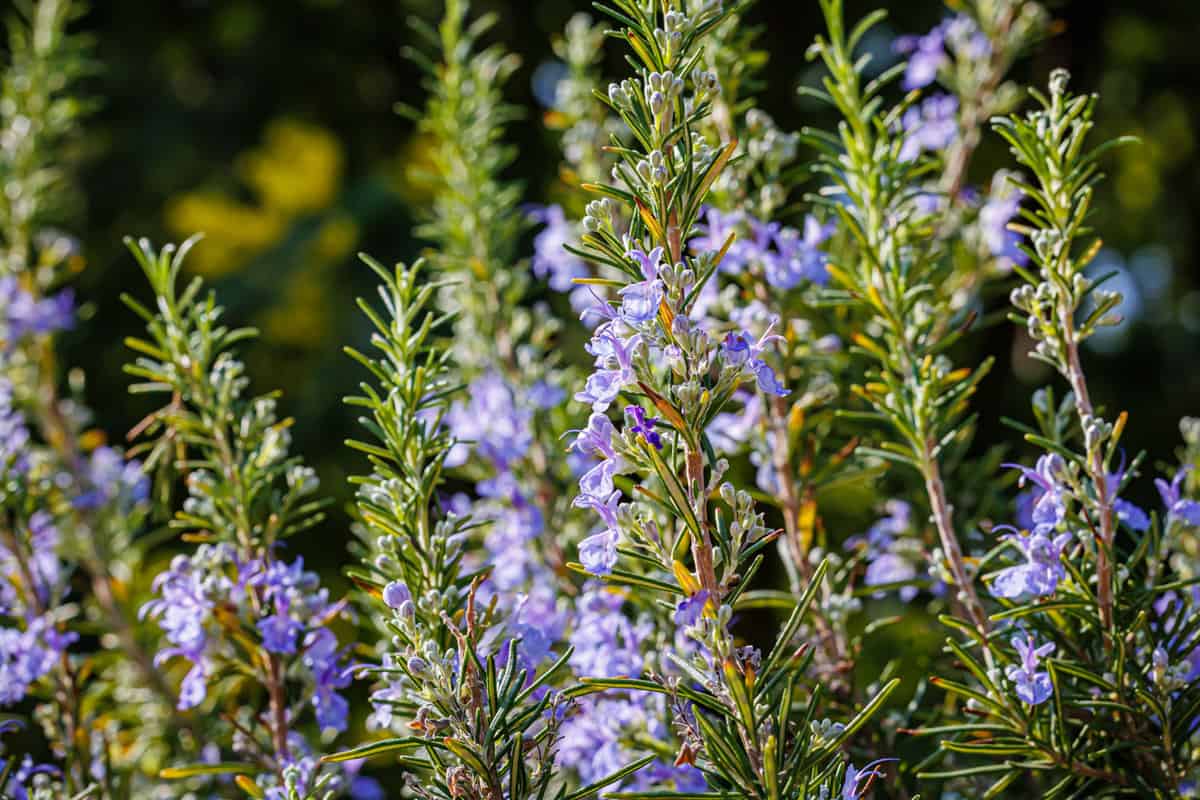
Choose a container that is large enough to accommodate the plant's growth. A container that is too small restricts the plant's growth and can lead to root-bound plants.
Additionally, make sure to use a well-draining soil mix to prevent water from pooling in the container.
By following these simple steps, it's possible to prevent the invasive growth of rosemary and keep it under control.
By properly spacing and using containers, gardeners can enjoy the benefits of this versatile herb without worrying about its invasive tendencies.
The Ultimate Takeaway
Rosemary is a resilient and adaptable herb. Despite the myth that its roots are invasive, the truth is that its root system is not.
However, like any plant, it requires proper care and maintenance to thrive.
In the end, rosemary is a valuable addition to any garden, as long as you give it the attention it deserves. So go ahead, plant it, smell it, and enjoy all the wonderful benefits that this herb has to offer!
Other articles you may also enjoy:
